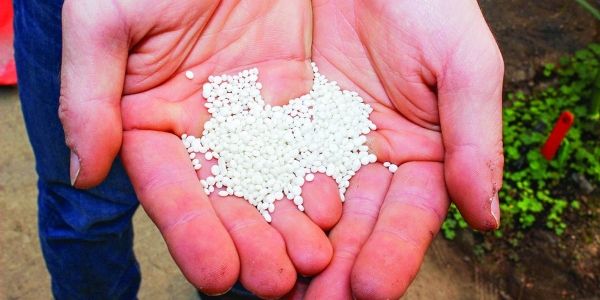The U.S. Midwest produces at least a third of the world’s corn and soybean supply each year. Feeding the world requires a lot of fertilizer, mostly in the form of nitrogen and phosphorus. While nitrogen can literally be pulled out of the air, phosphorus has to be mined from finite phosphate rock reserves and treated to be made available to plants. Most of the world’s phosphate rock is in Morocco, and at some point these reserves will run out.
Additionally, some of the phosphorus applied to agricultural fields is lost through erosion, carried away with soil particles into waterways, where it joins phosphorus products expelled from wastewater treatment plants, livestock operations, and other point sources. When it builds up in receiving waterways, phosphorus can degrade water quality and contribute to “dead zones” that no longer support aquatic life.
A new Journal of Environmental Quality report from the University of Illinois describes the feasibility of recycling phosphorus on a regional scale in the Midwest, simultaneously solving the problem of an uncertain global supply and minimizing loss from agricultural fields.
“There's a lot of phosphorus being moved around, from fertilizer all the way to sewage. Right now it's mostly a one-way street. It ultimately ends up in waste streams, like septic tanks or effluent from point sources like wastewater treatment plants. But there's a lot of value in that phosphorus. We can capture it and reuse it as a fertilizer,” says Andrew Margenot, assistant professor in the Department of Crop Sciences at Illinois and lead author of the report. “We're trying to make circular something that is currently a one-way trajectory.”
Continue reading at University of Illinois Urbana-Champaign
Image via University of Illinois Urbana-Champaign


